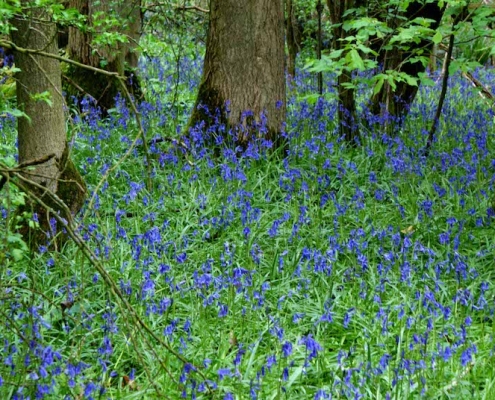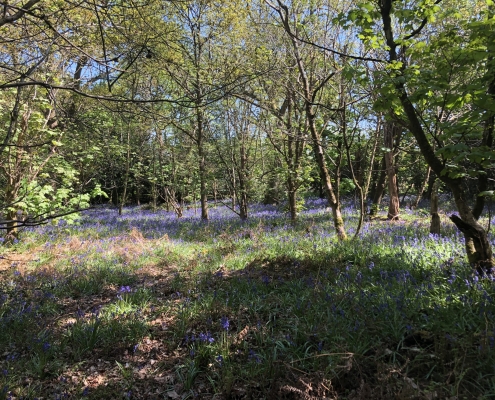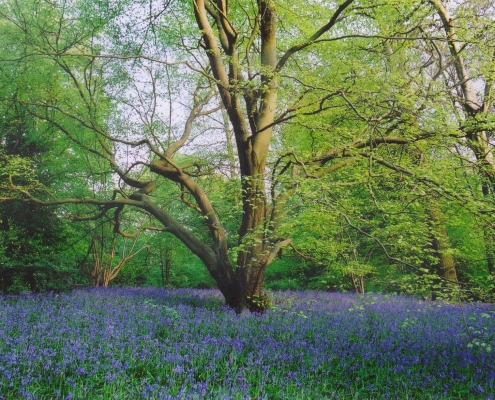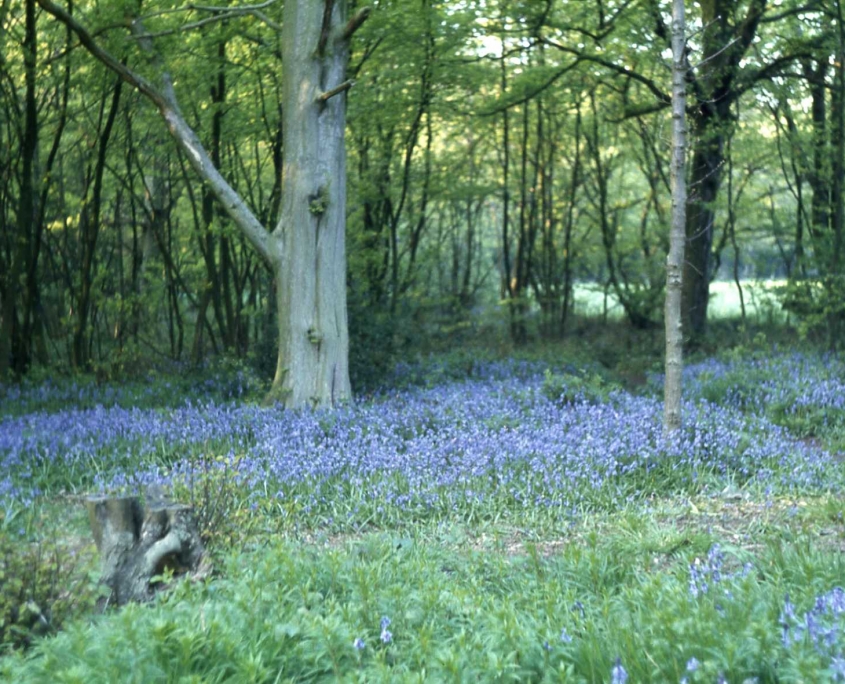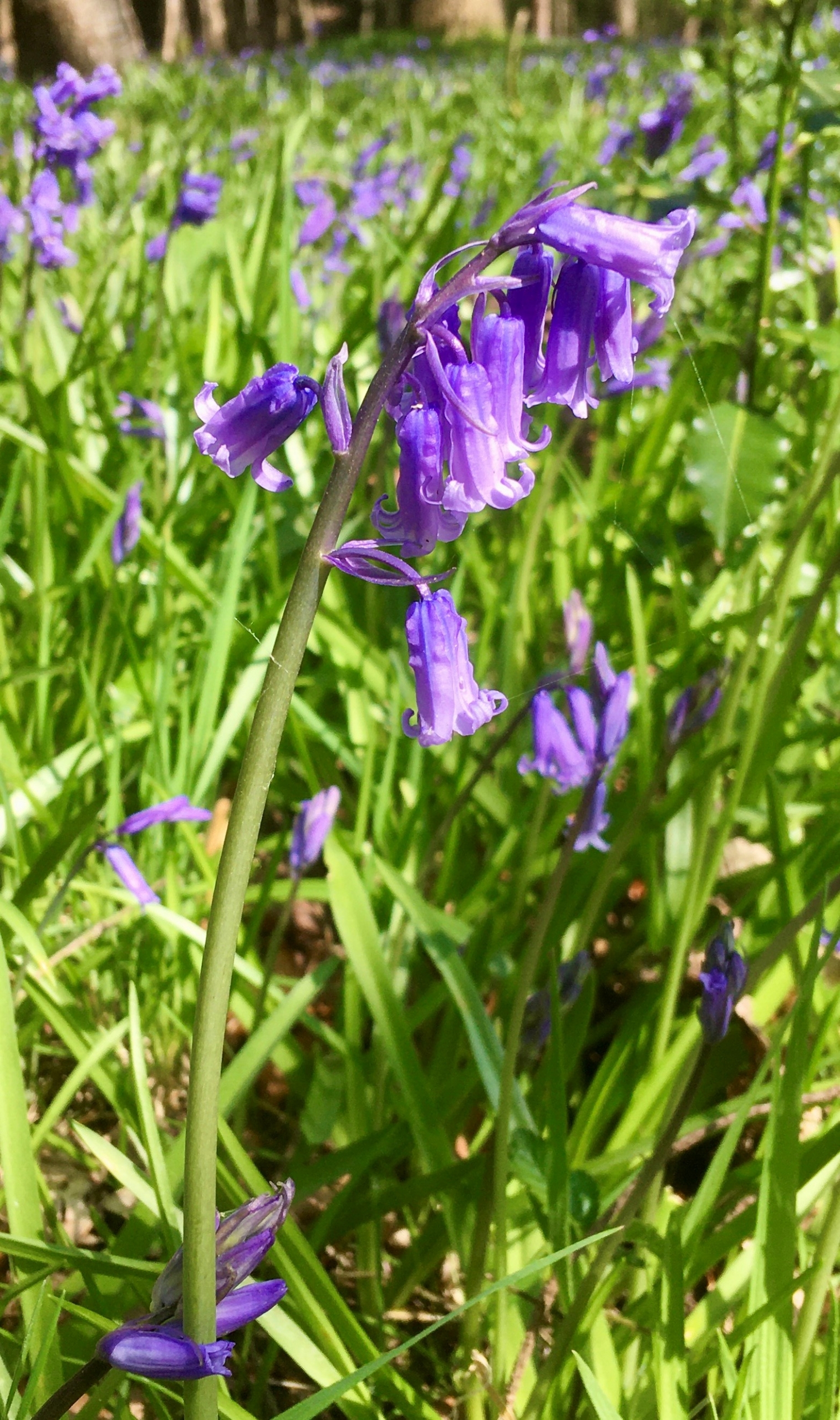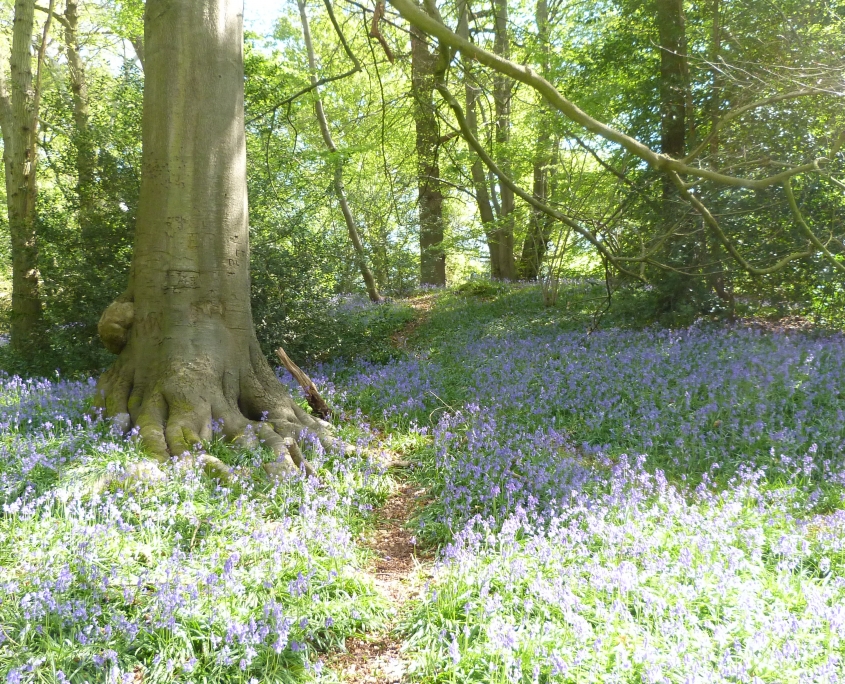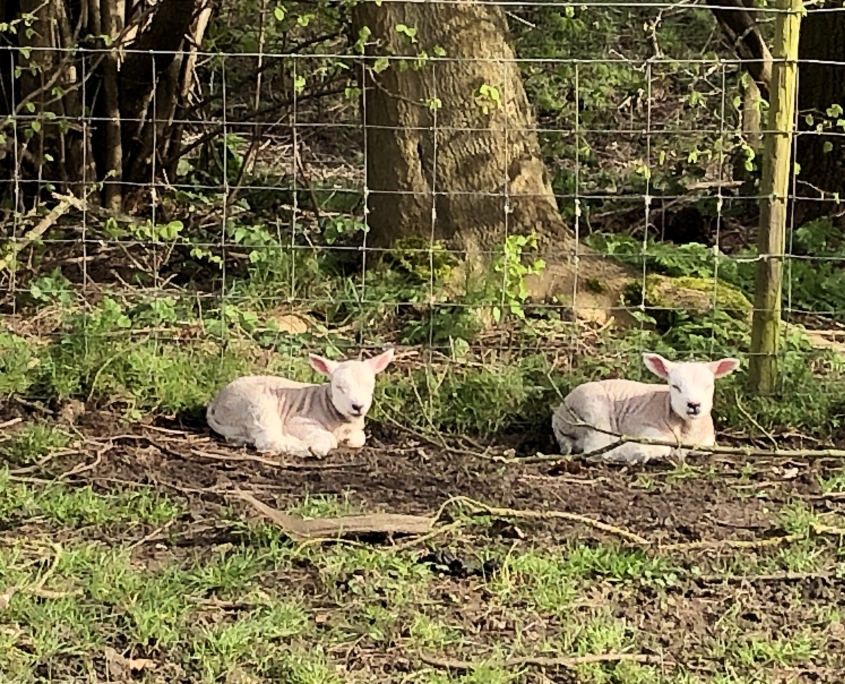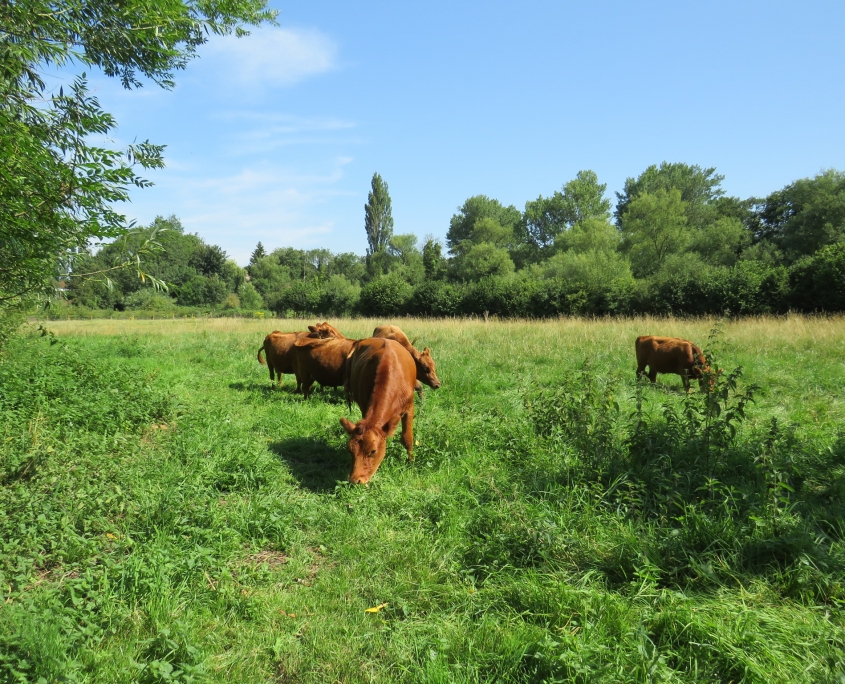Enjoying the passing of the seasons is a great way to really appreciate nature and look after your well-being. With Spring in the air it’s a great time to get outside and explore. The Colne Valley will reveal carpets of bluebells among the trees, wood anemones, lambs gamboling in the farm fields, and cattle will be heading back to graze in Denham, Staines Moor and Stockers Lake in late May. The blackthorn is already turning some hedgerows white, and soon they will all be green and alive with birdsong.
If you live locally then why not take a springtime bluebell walk and visit one of the wonderful woodlands in the Park that shares this this gorgeous spectacle but be warned – they don’t last for long, typically, bluebells appear from mid-April to late May, depending on the weather. So why not take some time out to soak up the sights, sounds and tranquillity of your local woods this season.
Local woods with bluebells
Local woods with bluebells in the Colne Valley include Northmoor Hill and Caps Wood in Denham, Old Park Wood in Harefield, and Bayhurst wood in Ruislip. Click below to find out more about each of the location and how to get there.
2022 Update: Some of the paths at Old Park Wood are closed for safety as they have so many trees falling down due to Ash Die Back. We recommend visiting another local wood this Spring.
Please remember that you must stick to designated paths – straying off course risks causing damage to the land where wildflowers and bluebells grow, and it can sometimes take years to recover from trampling. Do not pick any wildflowers on your walk – some are rare, and they can also be poisonous, so it’s best to look but not touch.
Northmoor Hill, Denham
Caps Wood in Denham
Old Park Wood in Harefield
Bayhurst Wood in Ruislip
For further spring time walks, then why not take a look at our 18 circular walks with varied views and beautiful landscapes across the whole of the Colne Valley Park or have a read through our walks page for some more inspiration.
Did you know that ….
- Almost half the world’s bluebells are found in the UK, they’re relatively rare in the rest of the world.
- Bluebells can take years to recover after footfall damage. If a bluebell’s leaves are crushed, they die back from lack of food as the leaves cannot photosynthesise.
- The bluebell has many names: English bluebell, wild hyacinth, wood bell, bell bottle, Cuckoo’s Boots, Wood Hyacinth, Lady’s Nightcap and Witches’ Thimbles, Hyacinthoides non-scripta
- It is against the law to intentionally pick, uproot or destroy bluebells.
- There is a Spanish Bluebell some people plant in their gardens, however if you do plant bluebells, you should make sure it’s the English bluebell, not the Spanish version. This is a more vigorous plant and could out-compete our delicate native flower.
- Bluebell colonies take a long time to establish – around 5-7 years from seed to flower.
English Bluebell pictured at Northmoor Hill Woods in Denham
Caps Wood, Denham
Staines Moor
Denham Country Park
